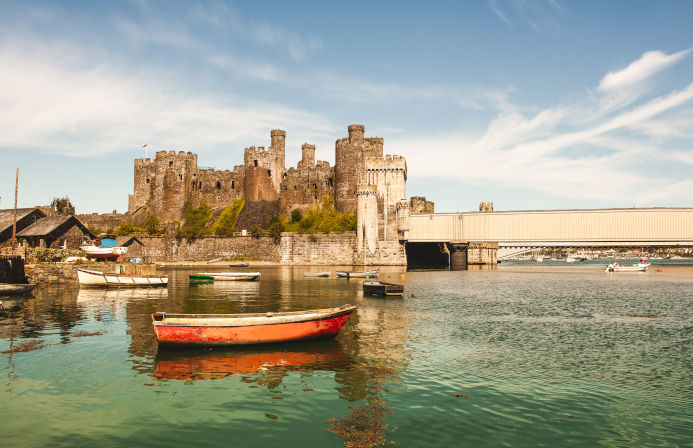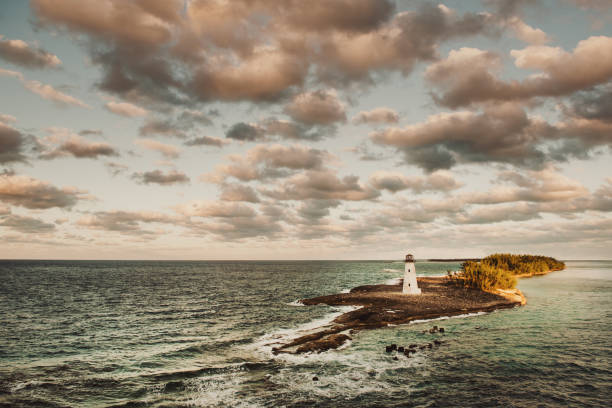The Fascinating Wildlife of Canada’s Arctic: Exploring the Whales and Seals
Arctic marine mammals
The Arctic region is home to a diverse range of marine mammals, including whales and seals, that have adapted to survive in the extreme conditions of this frozen wilderness. These remarkable creatures are not only a vital part of the Arctic ecosystem, but they also captivate the imaginations of wildlife enthusiasts and researchers around the world.
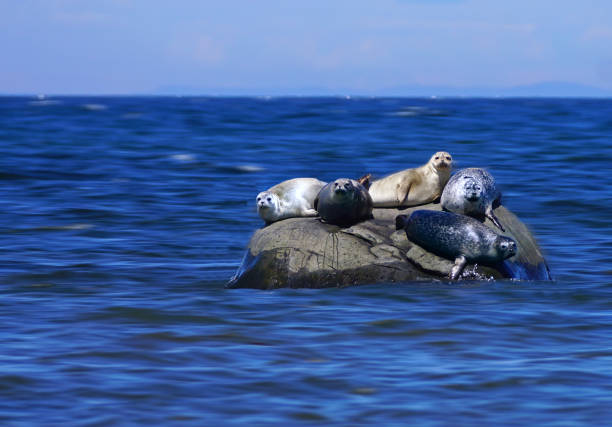
From the majestic beluga whales to the elusive ringed seals, Canada's Arctic is a haven for these fascinating creatures. Let us delve into the enchanting world of Arctic marine mammals and discover why they are an integral part of the delicate Arctic ecosystem.
Arctic wildlife in Canada
When it comes to wildlife, Canada's Arctic is teeming with an abundance of charismatic and resilient species. The region's unique geography and harsh climate have helped shape a diverse range of animals that have developed remarkable adaptations to survive in this challenging environment.
Canada's Arctic is home to several species of whales, including bowhead whales, narwhals, and humpback whales. These magnificent creatures migrate to the Arctic during the summer months to feed in the rich waters, making it the ideal time for wildlife enthusiasts to catch a glimpse of these gentle giants.
The seal population in Canada's Arctic is equally fascinating, with species such as ringed seals, bearded seals, and harp seals calling this region home. These seals are well-adapted to the icy waters, with their streamlined bodies and thick layers of blubber providing insulation against the freezing temperatures.
Other notable Arctic wildlife found in Canada includes polar bears, walruses, and numerous bird species that rely on the Arctic's rich feeding grounds for survival.
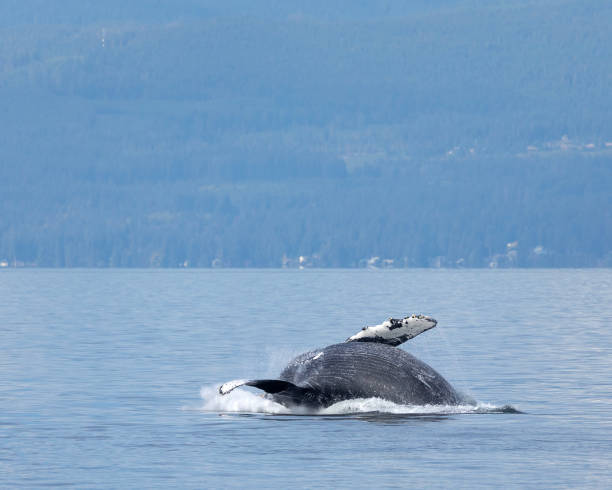
Whales and seals in Canada's Arctic
Within the realm of Arctic marine mammals, whales and seals stand out as some of the most iconic and intriguing species. Let us take a closer look at these remarkable creatures and their significance in Canada's Arctic ecosystem.
Whales
Canada's Arctic is home to various whale species that navigate these icy waters in search of food and suitable breeding grounds. One of the most distinctive whale species found in the Arctic is the bowhead whale, which is known for its massive size and robust physique. Bowhead whales have an average lifespan of over 100 years, making them one of the longest-living mammal species on the planet.
Another unique whale species found in Canada's Arctic is the narwhal, often referred to as the “unicorn of the sea” due to its long, spiral tusk. These tusked whales use their tusks for a variety of purposes, including navigation, communication, and perhaps even hunting.
Humpback whales are another majestic species that can be spotted in the Arctic during the summer months. Known for their acrobatic displays and haunting songs, humpback whales play a vital role in maintaining the balance of the Arctic ecosystem by feeding on krill and other small sea creatures.
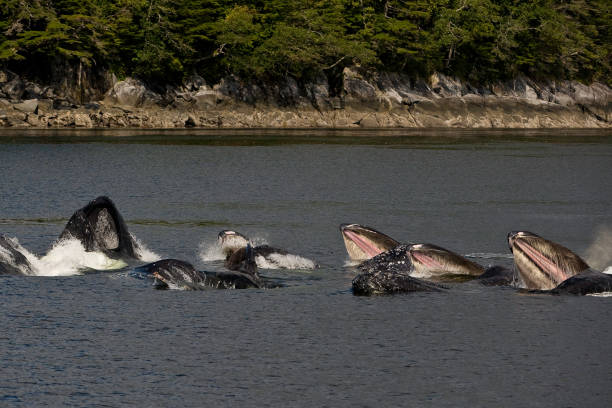
Seals
Seals are another integral part of Canada's Arctic marine mammal population. Ringed seals, in particular, are well-adapted to the harsh Arctic conditions and are the primary prey for polar bears. These resilient seals have a unique way of creating breathing holes in the thick sea ice, allowing them to access the waters beneath and hunt for fish.
Bearded seals, named for their impressive mustache-like whiskers, are also common in the waters of Canada's Arctic. These seals have a diverse diet that includes clams, fish, and even small crustaceans.
The harp seal, known for its striking coat, is another species found in the Arctic. These seals are highly migratory and will frequently travel long distances to find suitable breeding and feeding grounds.
The importance of conservation
Understanding and protecting the wildlife of Canada's Arctic is not only essential for the preservation of these magnificent creatures, but it is also crucial for maintaining the delicate balance of the Arctic ecosystem. Climate change and human activities pose significant threats to the survival of Arctic marine mammals, making conservation efforts more important than ever.
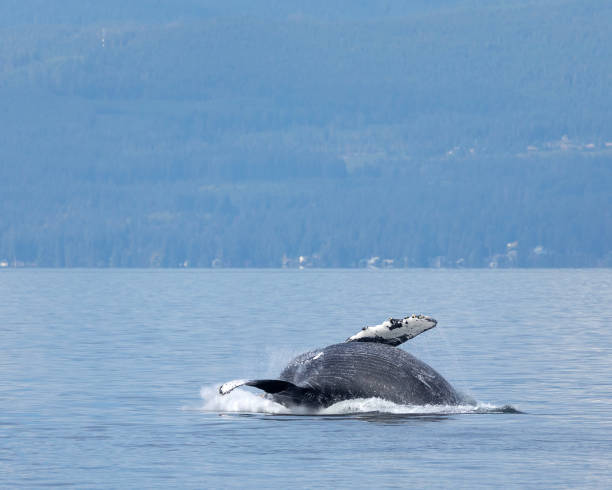
Several organizations and research institutions are dedicated to studying and conserving Arctic wildlife. Their work involves monitoring population trends, studying migration patterns, and advocating for sustainable practices that minimize the impact of human activities on the Arctic environment.
By raising awareness about the importance of Arctic marine mammals and supporting conservation initiatives, we can contribute to the long-term survival of these incredible creatures and ensure that future generations have the opportunity to witness the wonders of Canada's Arctic wildlife.
In conclusion, the Arctic region of Canada is a treasure trove of wildlife, with whales and seals playing a pivotal role in this icy ecosystem. Their adaptations to survive in the extreme conditions of the Arctic are nothing short of remarkable, and their presence adds a touch of magic to this frozen wilderness. As responsible stewards of our planet, it is our duty to protect and conserve these species, ensuring that the wildlife of Canada's Arctic continues to captivate and inspire generations to come.
